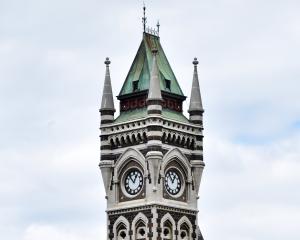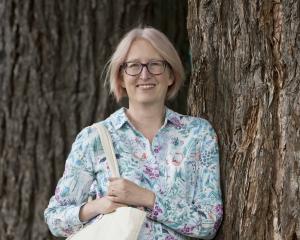
Strontium and its isotopes are naturally occurring elements present in food and water resources.
When people and animals consume them, their biological tissues such as hair, teeth, nails and bones incorporate and carry a unique signal that can be analysed and traced back to the geographic regions where those resources were grown and obtained.
Strontium isotope maps, or "isoscapes", have been developed elsewhere in the world, but this is the first for New Zealand.
University of Otago PhD candidate Robyn Kramer and her colleagues developed the map by collecting hundreds of plant and soil samples from across the country.
"This is very similar to DNA. Your results are only as good as the database of material you can compare your sample against," she said.
"For geographic region-of-origin predictions, this means if you do not have an actual sample of material from every possible location in Aotearoa New Zealand to compare your unknown sample to, you will not be sure where it originated from.
"The isoscape uses machine learning to fill in the gaps using what we know about environmental variables and existing geo-referenced strontium isotope values from plant, animal and soil samples."
The model could benefit many industries, she said.
Companies would benefit from being able to identify who, or at least where, fraudulent forms of their products were coming from, and that could help them get those products off the market and reduce sales of counterfeited products.
It was already being used by the Bio-Protection Research Centre to help identify whether invasive pests recovered at ports of entry represented established New Zealand populations or were recent invaders.
She was helping a fellow science student use the strontium isoscape to predict the region of origin of the invasive wallabies in the South Island, to assist efforts to track and control them.
"Future research will also be able to use the strontium isoscape in forensic, conservation, geologic or archaeological focused research," she said.
However, she would most like to see the isoscape used for conservation-related research.
"I think it would be very cool to collect fallen or shed feathers from Aotearoa’s unique birds and run them in the model to identify where their foraging ranges are, to help conserve and protect those areas.
"This would avoid the need to capture and tag the birds with expensive GPS technology that may fall off.












